In business, especially for CEOs and business leaders, the terms’ goals’ and ‘forecasts’ are often used interchangeably. However, the two serve very different purposes and require distinct approaches. This blog aims to demystify these often-confused terms and provide a blueprint for effectively using both in your business strategy. Whether in the planning phase, scaling your business, or looking to innovate, understanding the differences between goals and forecasts is crucial for long-term success.
Defining the Terms
Understanding the nuances between ‘Goals’ and ‘Forecasts’ starts with clearly defining.
Goals, in a business context, are the qualitative or quantitative milestones a company can achieve within a specific timeframe. These could range from increasing quarterly revenue by 10% to enhancing customer satisfaction scores. Goals serve as the North Star for your strategic planning, helping you and your team align efforts toward a shared vision.
Forecasts, on the other hand, are data-driven estimates that predict the likely outcome of various business activities in a given period. These are generally extrapolated from historical data and current trends. Unlike goals, forecasts are not aspirational; they are an expected outcome based on existing data. Forecasts are vital for informed decision-making, budget allocation, and risk assessment.
Although they serve different terms, both terms act in a business strategy and should not be confused.
The Importance of Goals
Goals are not just milestones; they are the corn but your business strategy. Well-defined goals provide a framework that can galvanize your team, offering a common direction that fosters alignment and engagement. Without clear goals, it’s easy for departments and individual contributors to diverge in their efforts, leading to inefficiencies and unmet expectations.
Goals also serve as catalysts for innovation. When teams are encouraged to achieve challenging, yet attainable goals, it opens the door to creative problem-solving. From utilizing cutting-edge technology to restructuring business processes, pursuing goals can lead to innovative solutions that set your business apart from the competition. As CEOs and business leaders, the onus is on you to set the stage for this innovation by effectively defining and communicating strategic goals.
The Significance of Forecasts
Forecasts serve as the bedrock of informed decision-making within a business. They provide a predictive lens through which CEOs and business leaders can anticipate market trends, customer behaviors, and financial outcomes. Accurate forecasting optimizes budget allocation, staffing, and resource management.
However, the utility of forecasts extends beyond just numbers. They play a pivotal role in risk mitigation. By analyzing historical data and current market trends, forecasts enable businesses to anticipate potential pitfalls and challenges. This foreknowledge allows for creating contingency plans, setting the stage for resilience in the face of market volatility or unexpected setbacks.
Forecasts are not just a CFO’s tool but are essential components of strategic planning across all departments. They are integral to aligning your business’s capabilities with market demands and are critical for long-term sustainability.
Why Confuse the Two?
The conflation of goals and forecasts is a frequent stumbling block for many businesses, particularly those in their nascent stages. While it’s easy to perceive them as interchangeable—after all, both involve looking to the future—mixing them up can have far-reaching implications.
For example, treating a goal as a forecast can set unrealistic expectations. If a company develops a goal to increase revenue by 30% in the next quarter without the data to back it up, failing to meet that target can result in reduced morale and financial instability. Conversely, treating forecasts as goals can limit a company’s ambition, stunting growth and innovation.
Moreover, such confusion can dilute strategic focus. Goals are meant to drive actions and strategies, while forecasts are designed to inform them. When these roles are misunderstood, businesses risk allocating resources ineffectively, thus undermining both strategic and financial objectives.
The Crucial Differences
Goals and forecasts diverge in several key aspects, the first being their temporal nature. Goals are future-oriented, setting a target for your organization to achieve within a specific time frame. Forecasts, although also future-oriented, are more immediate and are based on existing trends and data.
Another significant difference is in their metrics. Goals are often aspirational targets that could be either qualitative or quantitative. They represent what a company aims to achieve. Forecasts, on the other hand, are strictly quantitative and data-driven, providing an expected outcome based on current and past performances.
One more essential difference is in their function. Goals are set to motivate and provide a clear direction for a team or company. They are aspirational and often tied to a company’s mission or vision. Forecasts are more functional; they inform strategic decisions and help allocate resources, including manpower and finances.
Understanding these crucial differences is pivotal for CEOs and business leaders for effective planning, resource allocation, and strategy implementation.
Practical Steps to Align Goals and Forecasts
As CEOs, one of your foremost challenges is ensuring that your team is working toward the same objectives while making informed decisions. Here is where the effective alignment of goals and forecasts comes into play. For starters, use forecasting tools that offer real-time data analytics to ensure that your goals are grounded in reality.
Regular team meetings focused on reviewing these numbers can be enlightening. Open discussions can reveal whether the goals are too ambitious or the forecasts too conservative, allowing you to recalibrate. Tools and methodologies like OKRs (Objectives and Key Results) and SWOT analysis can facilitate this alignment.
An additional step is cross-departmental communication. Ensure that each department understands how its goals and forecasts impact the business. This collaborative approach ensures that resources are allocated efficiently, and everyone understands their role in achieving the company’s goals.
Case Studies
Learning from real-world examples can offer invaluable insights. Several well-known companies have effectively implemented strategies that balance goals with forecasts, and their stories provide lessons for CEOs across industries.
Case Study 1: Amazon’s Prime Directive Amazon set ambitious goals for its Prime membership program, aiming for rapid customer adoption and revenue growth. They didn’t merely rely on these goals; they continually adjusted their strategy based on meticulous consumer behavior and market trend forecasts. This data-driven approach has helped Amazon’s Prime membership grow to over 200 million subscribers as of 2021.
Case Study 2: Toyota’s Production System Toyota has long been a proponent of the Lean Manufacturing philosophy, setting high-efficiency goals for its production lines. However, Toyota also employs sophisticated forecasting methods to predict market demand, adapting their manufacturing goals accordingly. This balance has helped Toyota maintain its position as a market leader in the automotive industry.
Case Study 3: Netflix and Predictive Algorithms Netflix relies heavily on machine learning algorithms to forecast viewer preferences and optimize content strategy. Their CEO, Reed Hastings, set the company’s goal to become the best global entertainment distribution service. By aligning this aspirational goal with predictive forecasting, Netflix has grown its subscriber base to over 200 million by the end of 2020.
Each of these case studies underscores the value of harmonizing goals with forecasts. The key takeaway is that goals and projections can coexist in a symbiotic relationship that benefits strategy and decision-making.
Conclusion
Understanding the differences between Goals and Forecasts is more than a matter of semantics; it’s a crucial part of effective business strategy. As we’ve seen, Goals provide the directional compass for your business, setting the trajectory for innovation, team alignment, and business growth. Forecasts serve as the navigational map, providing real-world data that informs your strategic decisions.
Ignoring one in favor of the other can be detrimental. Over-reliance on goals without adequate forecasting can lead to unrealistic expectations while focusing solely on forecasts can limit your company’s growth and potential for innovation. Our case studies demonstrate that the key lies in balancing the two effectively.
As CEOs and business leaders, it falls on your shoulders to integrate Goals and Forecasts into a cohesive strategy that drives both short-term achievements and long-term sustainability. Implement practical steps like adopting advanced forecasting tools, regular team reviews, and cross-departmental communication to ensure that your Goals and Forecasts are not just aligned but synergistic.
Here are some questions we have come up with to ask yourself about your business:
- Are your company’s goals and forecasts currently aligned? If not, what steps will you take to harmonize them?
- How often does your team review goals and forecasts, and is this frequency adequate for timely decision-making?
- What forecasting tools are you using, and how do they integrate with your strategic goals?
- What immediate actions can you take to improve cross-departmental communication to align goals and forecasts better?
- Can you identify a recent business decision that would have benefited from better alignment between goals and forecasts?
These questions are intended to catalyze introspection and action, encouraging the reader to apply the blog’s insights practically.
For further deepening of understanding, I recommend the following seminal books:
- “The Art of Strategy: A Game Theorist’s Guide to Success in Business and Life” by Avinash K. Dixit and Barry J. Nalebuff. This book delves into game theory and its practical applications in business strategy, including how to set goals and make forecasts based on competitive dynamics.
2. “Measure What Matters: How Google, Bono, and the Gates Foundation Rock the World with OKRs” by John Doerr Focuses on Objectives and Key Results (OKRs); this book offers a framework for goal-setting that is inherently aligned with performance metrics, making it easier to incorporate forecasts.
3. “Predictably Irrational: The Hidden Forces That Shape Our Decisions” by Dan Ariely. While not a traditional business book, this text provides insights into human behavior and decision-making, offering a fresh perspective on how goals and forecasts might sometimes be at odds due to cognitive biases.
These books should offer a well-rounded intellectual exploration that complements the insights provided in our blog post.






